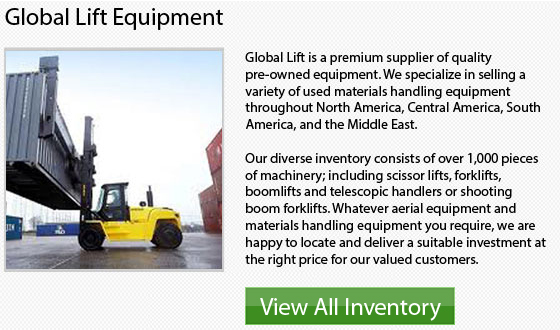
Tower Cranes Grow to New Heights
Throughout the 1950s in the tower crane business, there were many important developments in the design of these big cranes. Many different manufacturers were started producing bottom slewing cranes with a telescoping mast. These kinds of machines dominated the construction business for office and apartment block construction. Lots of of the top tower crane manufacturers didn't utilize cantilever jib designs. As a substitute, they made the switch to luffing jibs and eventually, utilizing luffing jibs became the regular method.
Within Europe, there were key improvements being made in the design and development of tower cranes. Often, construction locations were constricted places. Depending on rail systems to transport several tower cranes, became very costly and difficult. Some manufacturers were providing saddle jib cranes that had hook heights of 262 feet or 80 meters. These cranes were outfitted with self-climbing mechanisms that enabled sections of mast to be inserted into the crane so that it can grow along with the structures it was constructing upwards.
These particular cranes have long jibs and could cover a bigger work area. All of these developments precipitated the practice of building and anchoring cranes in a building's lift shaft. After that, this is the method which became the industry standard.
From the 1960s, the main focus on tower crane development and design started to cover a higher load moment, covering a bigger job radius, climbing mechanisms and technology, faster erection strategies, and new control systems. Moreover, focus was spent on faster erection strategies with the most significant developments being made in the drive technology department, among other things.